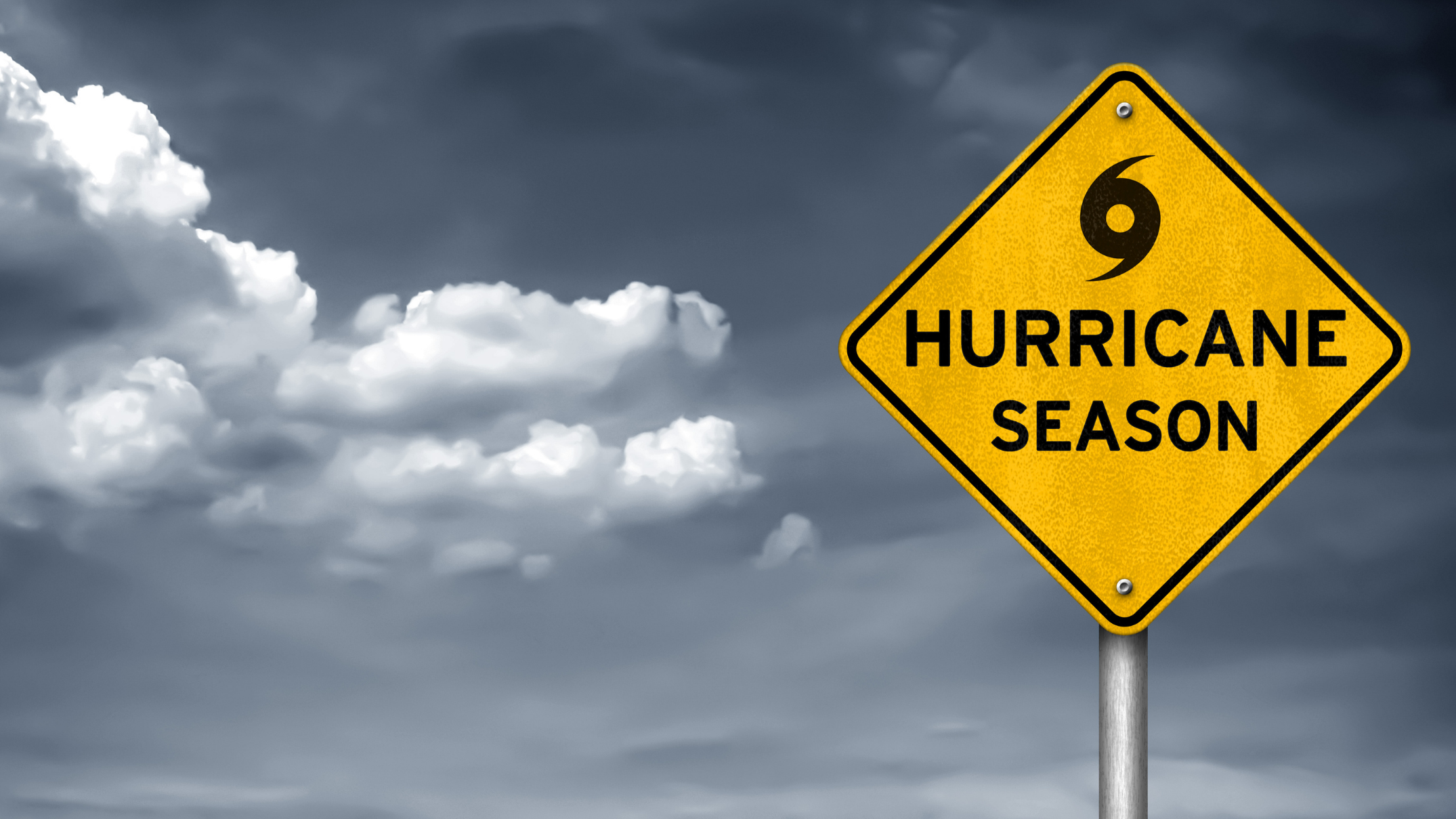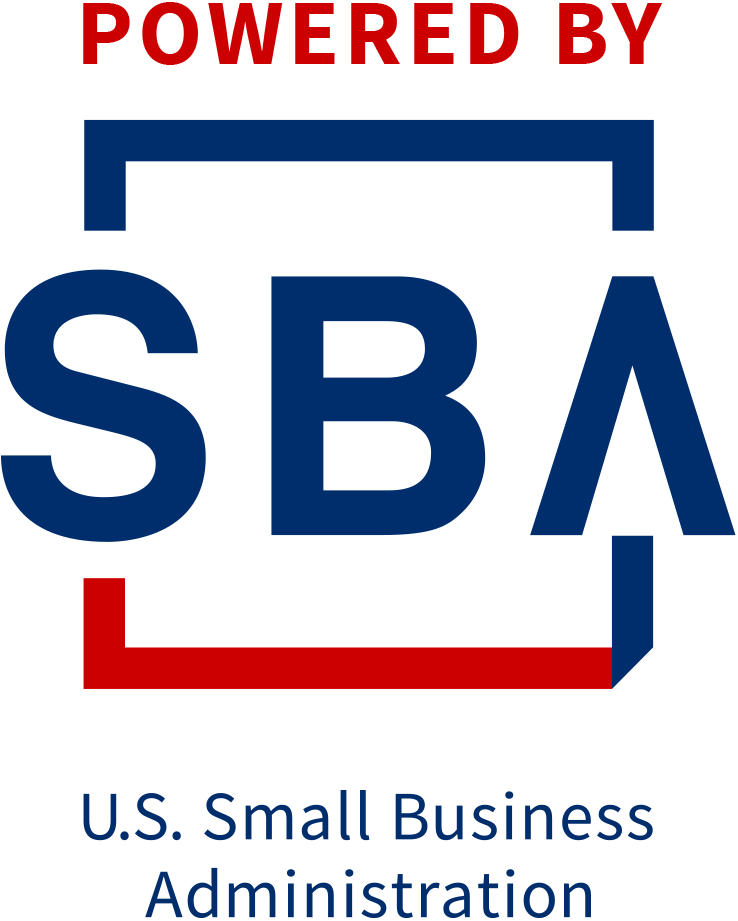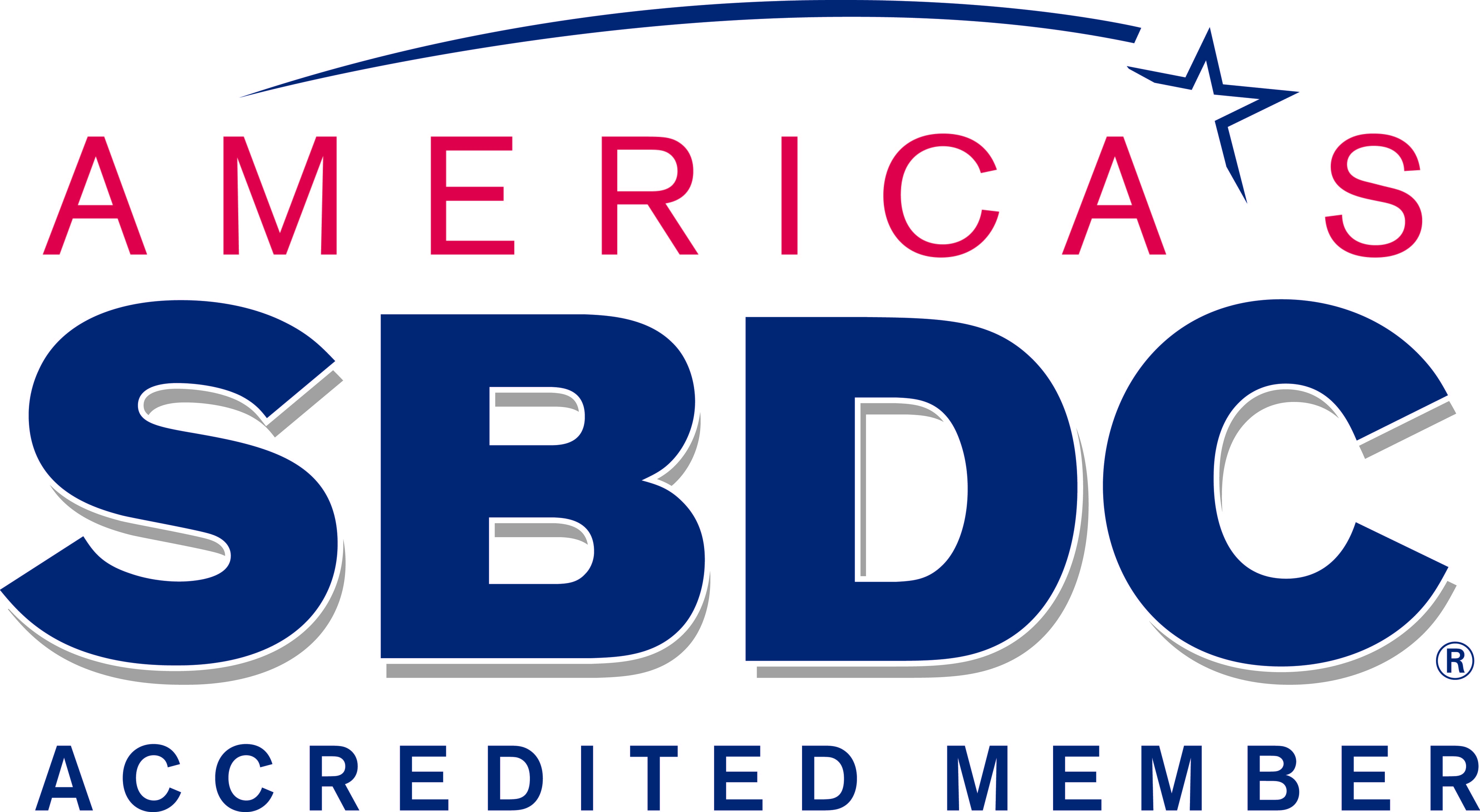Top 10 Storm Preparedness Tips for Your Small Business

By Michelle Loredo
Hurricane season officially starts June 1 and ends November 30. The National Oceanic and Atmospheric Administration offer live updates on natural disaster and resources to be prepared. We are close to the Gulf of Mexico, and hurricane season is usually active due to the warm environment. It is better to be prepared than to be sorry.
Small business owners, it is fundamental for you to have a plan in place to protect your business from hurricanes and other natural disasters. Here are ten natural disaster preparedness tips to help you before, during and after a natural disaster, so you are able to open quickly following any crisis.
1. Analyze any Potential Problems
Before a hurricane or any other natural disaster hits, you must analyze the location of your business. Is the area prone to flooding? Is it close to the coast where a hurricane can destroy the establishment? If you have different locations, are they all going to be affected similarly or differently? Based on your answers, you may need to establish a secondary site where you and your employees can continue to do business and help your customers.
If you are in a hurricane-prone area, make sure your building has windstorm shutters and windows covered with plywood; so you are able to protect your business during the storm. Also, remove any loose items or debris around your business to help reduce the amount of damage to the building.
In this type of crisis, electricity may not be available and credit and debit card users will be on pause. Have an emergency cash fund so if needed, you and specified employees can handle unexpected expenses.
2. Implement a Business Emergency Plan
Your business emergency plan should include how your business will handle each situation that will arise with hurricanes and other natural disasters. It needs to include protective actions for your employee’s wellbeing, such as evacuation plans and lockdown plans. Emergency planning includes fire service guidelines, outlined evacuation guidelines, medical information and other guidelines for all emergencies.
Before you start working on the emergency plan, you need to run a business impact analysis to know all of the potential risks that will interrupt your business continuity.
3. Involve Employees as Part of the Plan
Employees need to be part of the emergency plan. It creates a proactive community where employees are both more informed and feel valued in their work. You can do this by creating emergency plan teams and committees. The committees will have outlined roles and clear-cut responsibilities that will help maintain updated information within the business. They will also take care of the training and mock drills for an emergency that will arise.
4. Protect Employees and Team Members
The well-being and safety of your team are a priority at times, especially in a crisis. As a business owner, you should be able to locate any employee in real-time, know their current schedules, employee’s locations from working remotely and have contact information be up to date. It is vital in case you need to contact them and check their whereabouts. Your business can implement a mass notification communication system that alerts all employees when an emergency takes place.
5. Have a Crisis Communication Plan in Place
A crisis communication plan outlines how to communicate with the public before, during and after a hurricane or any other type of crisis. This communication plan includes editable press releases, key spokesperson, messages and communication with stakeholders (customers, employees, suppliers, media, etc.).
6. Maintain Constant Communication with Publics
During a natural disaster, constant communication is key to how the public will view your small business. It can either view it positively or negatively, depending on your response. Your messaging needs to be in front of the public’s eye before any other version. It will help shape your narrative, and it is a crucial step due to the fast dissemination of information on social media platforms. If you are not prompt with your messages, your narrative can become warped by an unknown third person.
7. Protect Your Business Data
All your business data, including paper files and online files, need to be accessible. If you do not already, have a cloud system set up for your business documents, payroll information and customer relationship management accounts. Paper files should be digitalized to be made available at any time. For servers, it is advisable to have a backup server offsite in case onsite servers get destroyed with flooding or other types of destruction.
8. Audit Your Business Assets
A hurricane or any other type do natural disaster will affect the assets your business runs on. It includes owned business equipment and loaned assets. You should devise how you will store them during a storm and see if your business insurance protects your assets. You also need to see if loaned assets are your business’s responsibility in the case; they become damaged.
9. Review Your Business Insurance Policy and Emergency Funds
Be avid in your storm preparedness. Before a storm hits, review your business insurance policy. Here are a few questions you should ask yourself:
-
Does Your Insurance Policy Include Water Damage Protection?
-
Does Your Insurance Policy Include Water Damage Cleanup Services?
-
Does It Provide Asset Protection?
-
Does It Include Data Compromise Coverage?
If your response is no, contact your insurance provider and see how you can resolve the issues.
Another way to help your business is by having two different types of in-house funds; rainy day funds and an emergency fund. These funds will help you with your economic needs during a disaster. The rainy day fund aims to aid small financial needs and the emergency funds for more daunting expenses.
10. Create a Plan to Rebuild
After the storm, you must be able to open your business quickly. Here are few things to keep in mind:
-
Set Business goals with Clear Outcomes
-
Proactive Management
-
Create a System That Will Lead to Success
Have a business continuity plan in place to help reopen your business amidst a crisis. The business continuity plan includes a business impact analysis, recovery strategies, plan development and testing the plan.







